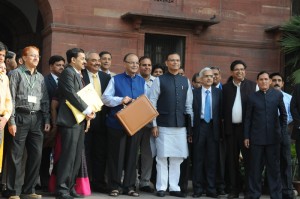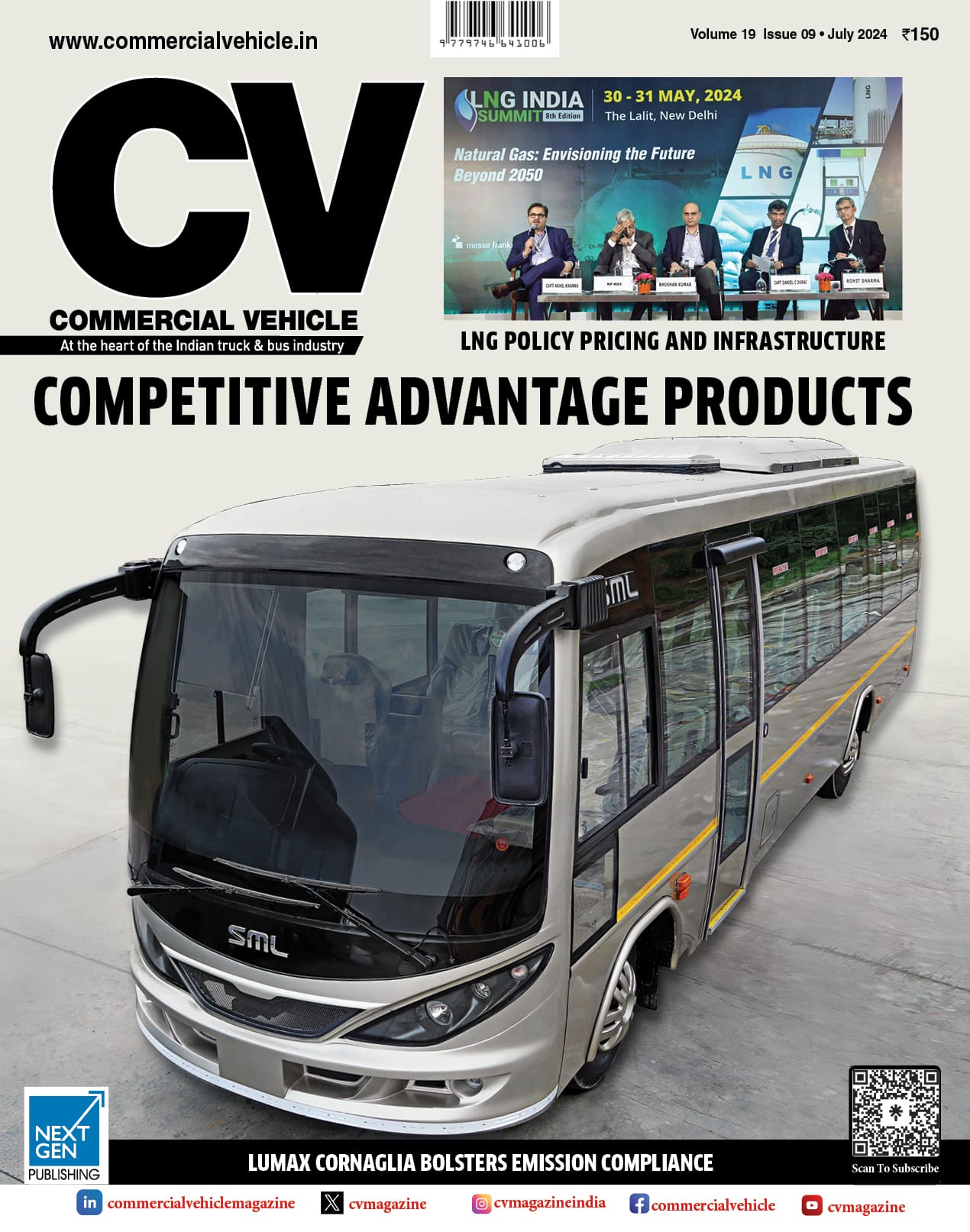
Focus on infra and rural development are likely to support CV sector growth.
Story by: Ashish Bhatia
Stress on infrastructure development and rural development are likely to have a positive impact on the CV sector. Deeming India as a haven of stability and an outpost of opportunity, finance minister Arun Jaitley in his budget speech for FY2016-17 outlined nine pillars of transformation – agriculture and farmers welfare, rural sector, social sector including healthcare; education, skills and job creation; infrastructure and Investment; financial sector reforms; governance and ease of doing business; fiscal discipline, and tax reforms. The minister announced setting aside of a fund of Rs.55,000 crore to be used for speedy construction of roads. The minister also announced an outlay of additional Rs.15,000 crore by way of National Highway Authority of India (NHAI) bonds. The total investment in the road sector, including Pradhan Mantri Gram Sadak Yojana (PMGSY) allocation, comes up to Rs.97,000 crore during FY2016-17 with 10,000 km of National highways to be approved. If the impetus on increasing the speed at which roads are built currently rings good news for Nitin Gadkari’s transport and highways ministry, the finance minister projected a total expenditure of Rs. 19.78 lakh core towards planned and non-planned expenditures in the budget. The increase in planned expenditure was stated as 15.3 per cent over the earlier fiscal.
Rural focus may up freight
Focusing primarily on rural development, the finance minister spoke about agriculture and farmer welfare as the top most priorities. He mentioned of rural employment and job creation as the next on his list. The combination of renewed focus on infra and rural development are likely to support CV sector growth. An increased outlay for infrastructure, social economic programmes and rural push could have a beneficial effect on companies in the cement, steel, consumer goods and automobile sectors, where volume growth has dropped to single-digit over several quarters. Freight is likely to be boosted. Fleet operators may find the going good. Likely to provide the much needed stimulus to rural industries, it is the promise to double the income of the farmers by FY22 that will need to be looked into rather carefully. In his speech, the finance minister announced a 228 per cent jump in funds allocated for rural transformation. A sum of Rs.38,500 crore has been allocated to MGNREGA – a rural employment scheme.
Entry of private players may irk public transport bodies
The announcement to abolish ‘permit raj’ over medium term will have an impact on the CV sector. In his budget speech, the finance minister said that his government would enact necessary amendments in the Motor Vehicles Act and open up the road transport sector in the passenger segment to private players. An enabling ecosystem provided to the States will give them the choice of adopting new legal framework. Subject to certain efficiency and safety norms, entrepreneurs (private operators) will be able to operate buses on various routes. The doing away of old State and All-India permits will help elevate the efficiency of public transport bodies; lead to greater public convenience and new investments. Expected to help create new jobs as well, and create start-up entrepreneurs, the move to let private operators enter is likely to irk public transport bodies, many of which are incurring mounting losses. The move to allow private operators, said Jaitley, would have a multiplier effect.
Competition from railways and waterways
The announcement by railways minister Suresh Prabhu in his budget speech may translate into heightened competition to the road transport sector. These include the intent to come up with 25-tonne axle freight coaches, a dedicated freight corridor, expansion of the freight basket of commodities, and the move to start time-tabled freight containers, parcel and special commodity trains on pilot basis. Jaitley’s announcement that Rs.800 crore has been set aside for work on national waterways may mean more competition to the road transport sector. The minister announced mobilisation of additional finances to the extent of Rs. 31,300 crore by NHAI, PFC, REC, IREDA, NABARD and Inland Water Authority through raising of Bonds during FY17. The levy of 0.5 per cent ‘Krishi Kalyan Cess’ has pushed the service tax up to 15 per cent. Higher service tax is set to increase the prices of services availed, eventually leading to a rise in the price of commodities.
With toll costs on the rise, and beginning to mark an increasingly larger chunk of the operating costs, the levy of one per cent infra cess on small, LPG and CNG cars; of 2.5 per cent cess on diesel cars of certain capacity, and of 4 per cent cess on higher capacity engines and SUVs is likely to deincentivise a large chunk of the Indian auto industry. How it will affect the CV industry will need to be seen. The levy according to sources is in-line with the effort to rationalise and simplify taxes, and introduce new vehicle taxes. With the total outlay for up-gradation of road and rail infrastructure an unprecedented Rs.2,21,246 crore, the entry of private operators is expected to benefit last mile connectivity. This would in turn bring back the lost demand in areas like LCVs.
Public spending to encourage private spending
While emphasising on the thought that private spending will only follow public spending, the passing mention of GST in the finance minister’s budget speech may not sound very encouraging to India Inc. Neither to the CV industry. The budget also failed to focus on simplification of the excise duty regime; provide Corporate tax relief, or some real world incentives to promote hybrid and electric vehicles. The budget also failed to provide an incentive for R&D, and at a time when much stress is being laid on ‘Make in India’. An increase in excise duty on garments, jewelery and tobacco is likely to dampen demand for these, and in turn have an effect on freight. Ironically, the excise and custom duty adjustment on the input of certain raw materials is expected to incentivise domestic value addition. With little relief in sight for the middle class for the second consecutive year, the budget is termed by many as finely balanced. With the passage of time, the amount of balance that has gone into the engineering of the budget will be apparent of course.



























